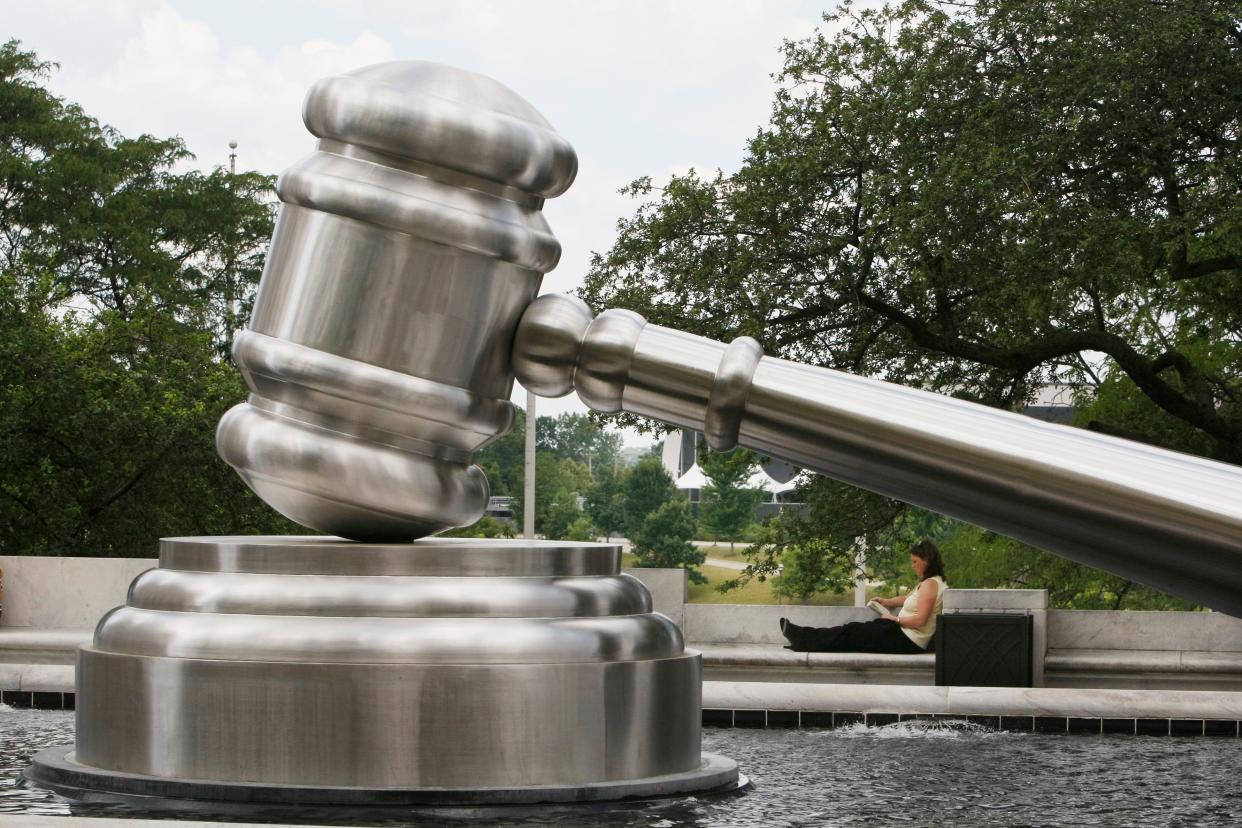Ohio congressional map case sent back to state Supreme Court

The Ohio Supreme Court under new leadership will take another look at the case involving the state’s congressional map, which was previously ruled unconstitutional.
On Friday, the U.S. Supreme Court sent the map back to Ohio’s top court for review in light of a North Carolina redistricting decision earlier this week. In the North Carolina case, Moore v. Harper, the U.S. Supreme Court rejected the independent state legislature theory, which conservatives argued gave state lawmakers almost unlimited control over federal elections and mapmaking.
Last year, the Ohio Supreme Court twice rejected Ohio’s 15-district congressional map as illegally violating voter-approved changes to curb partisan gerrymandering. Top Republican lawmakers appealed that decision to the U.S. Supreme Court, saying Ohio’s top court had overstepped.
The U.S. Supreme Court resolved that appeal Friday, sending the issue back to Ohio.
But the Ohio Supreme Court is under new leadership. The swing vote in past redistricting decisions, then-Chief Justice Maureen O’Connor, was unable to run for reelection in 2022 because of age limits on judges. The new chief justice, Sharon Kennedy, sided with the Republican-drawn map.
More: What does U.S. Supreme Court's ruling mean for Ohio's unconstitutional congressional map?
It’s not clear how broad the Ohio Supreme Court’s review will be. Voter-approved changes to the Ohio Constitution set the Ohio Supreme Court as the place to review redistricting decisions – a key difference from the North Carolina case. But justices could use the opportunity to take a second look at the mapmaking process.
Ohio Senate President Matt Huffman, R-Lima, celebrated the U.S. Supreme Court’s decision Friday, saying it “clearly recognized serious constitutional concerns with the narrow majority opinions rendered under the former Chief Justice.”
Freda Levenson, legal director of the American Civil Liberties Union of Ohio, said the Ohio Supreme Court should back past decisions.
“If the Ohio Supreme Court does faithfully apply Moore, as instructed by SCOTUS, there is no question: it should reaffirm its previous decision. What SCOTUS said in Moore was that legislatures must follow their state constitutions — consistent with what the Ohio Supreme Court already decided," Levenson said.
Get more political analysis by listening to the Ohio Politics Explained podcast
This article originally appeared on Cincinnati Enquirer: Ohio redistricting case sent back to state supreme court

